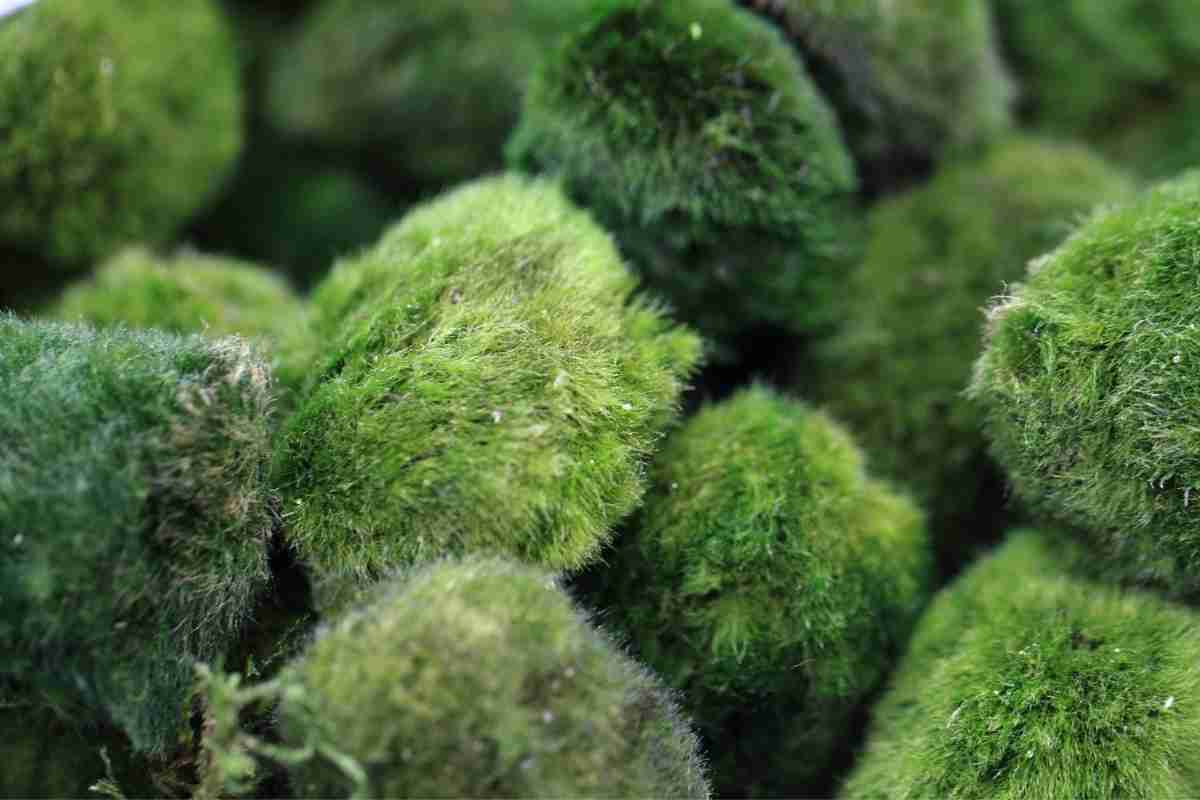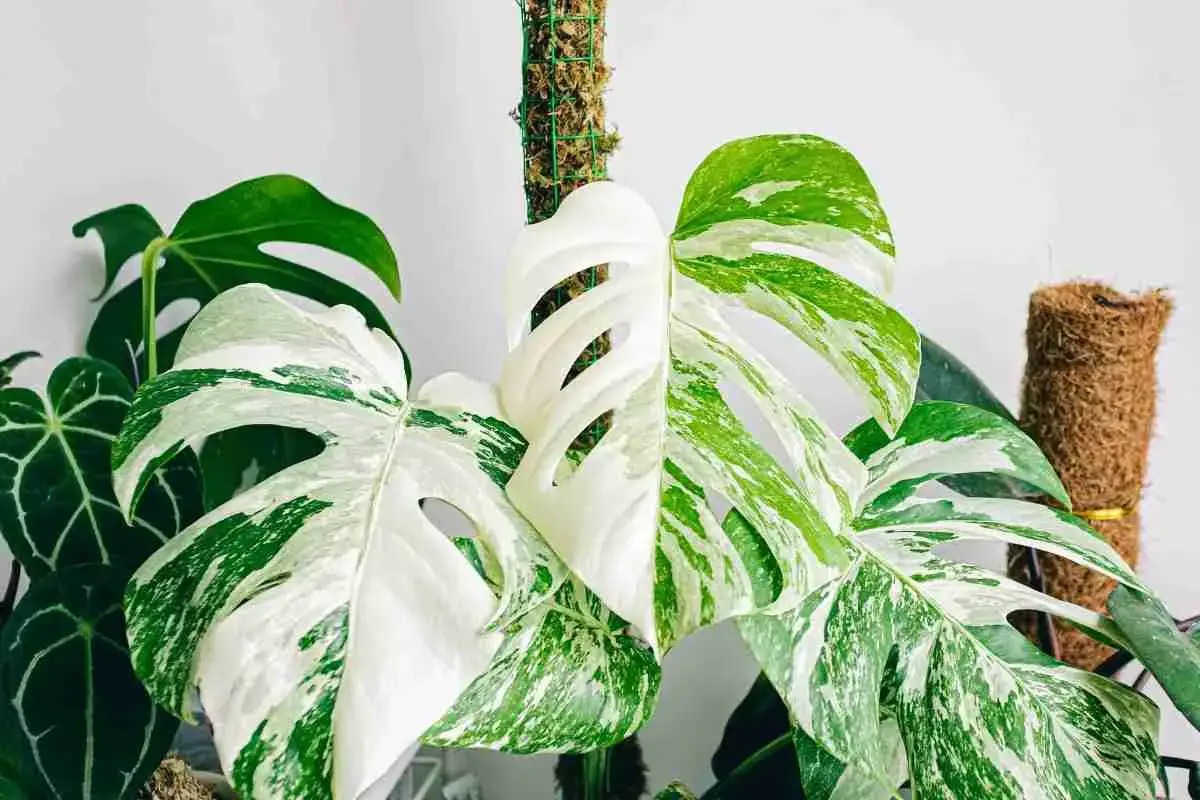
8 Unique And Creative Moss Pole Alternatives
Read more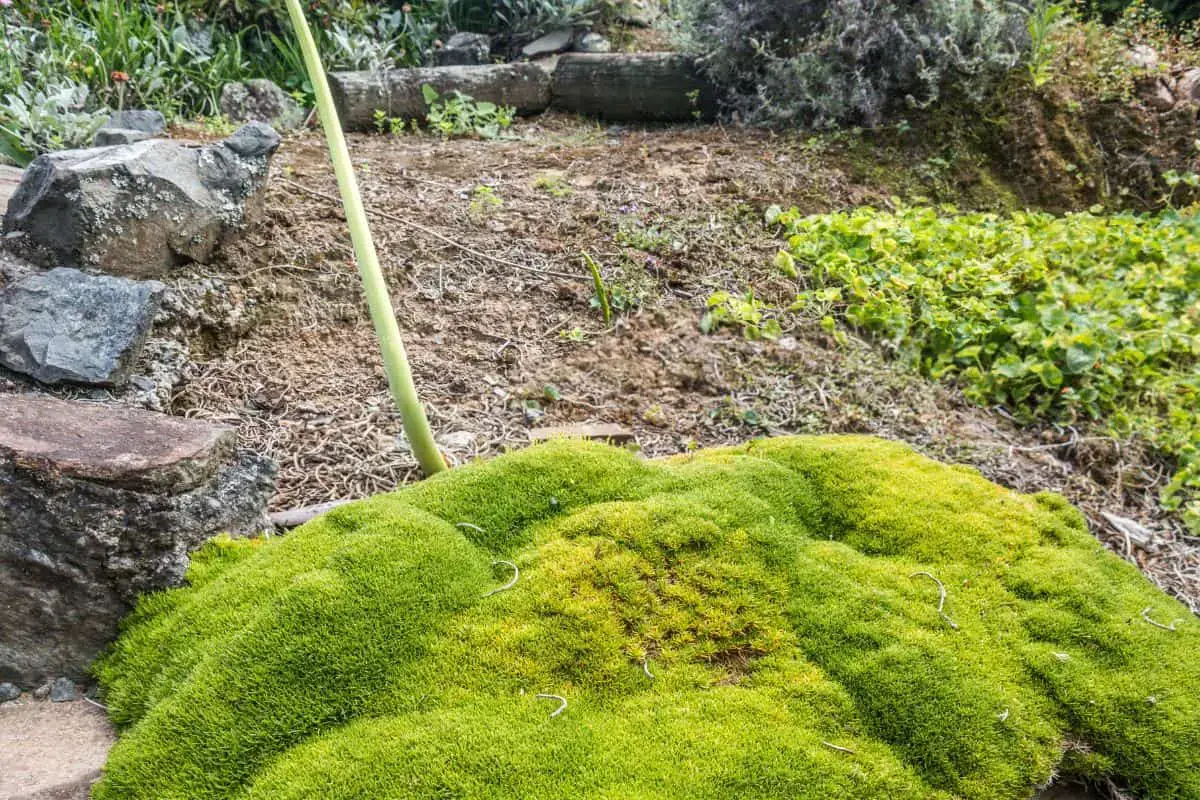
5 Steps To Make A Stunning Irish Moss Lawn
Read more
8 Simple Tips For Keeping Moss Alive!
Read more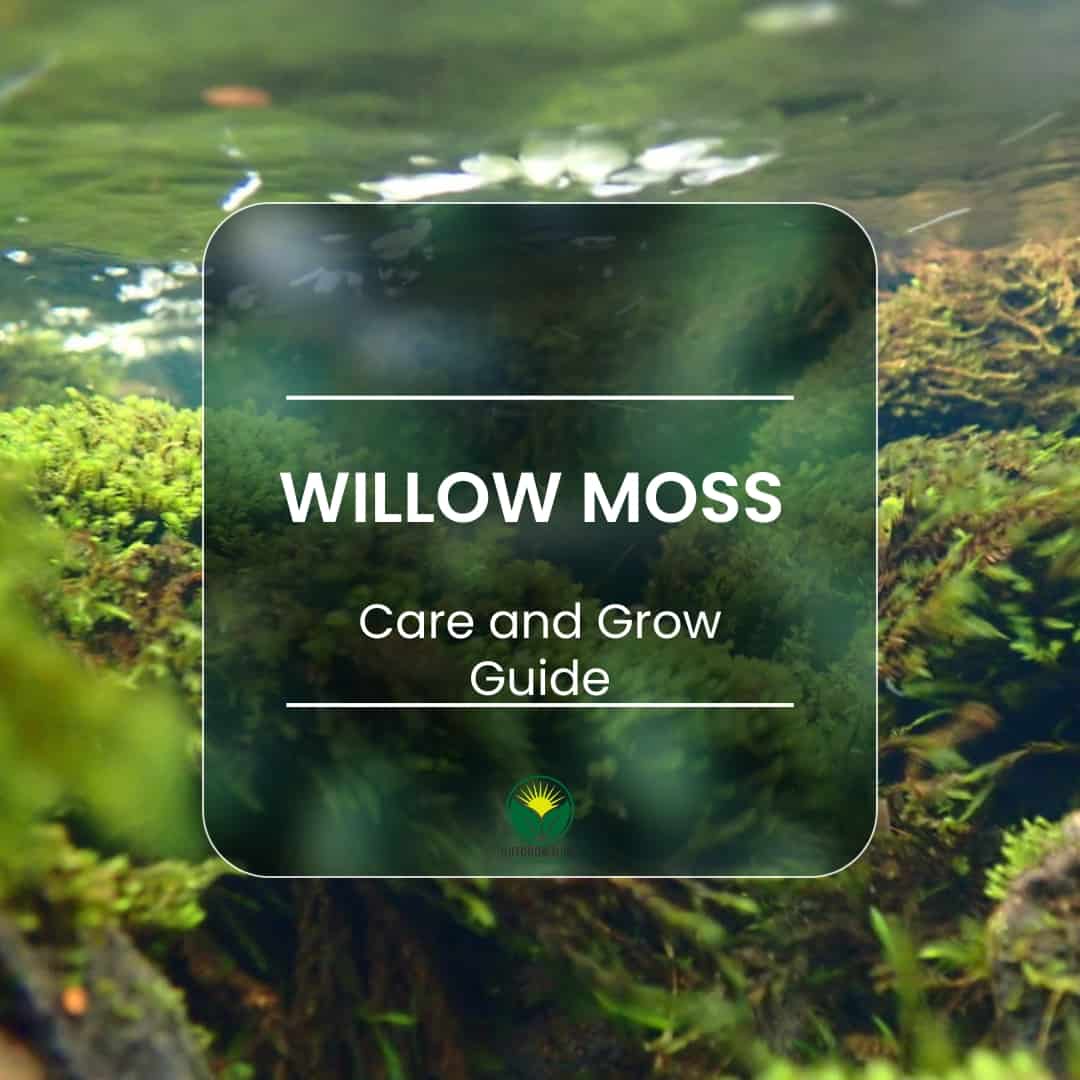
Willow Moss (Fontinalis Antipyretica). The aquatic moss par excellence. How to take care of it and make it grow in aquarium
Read more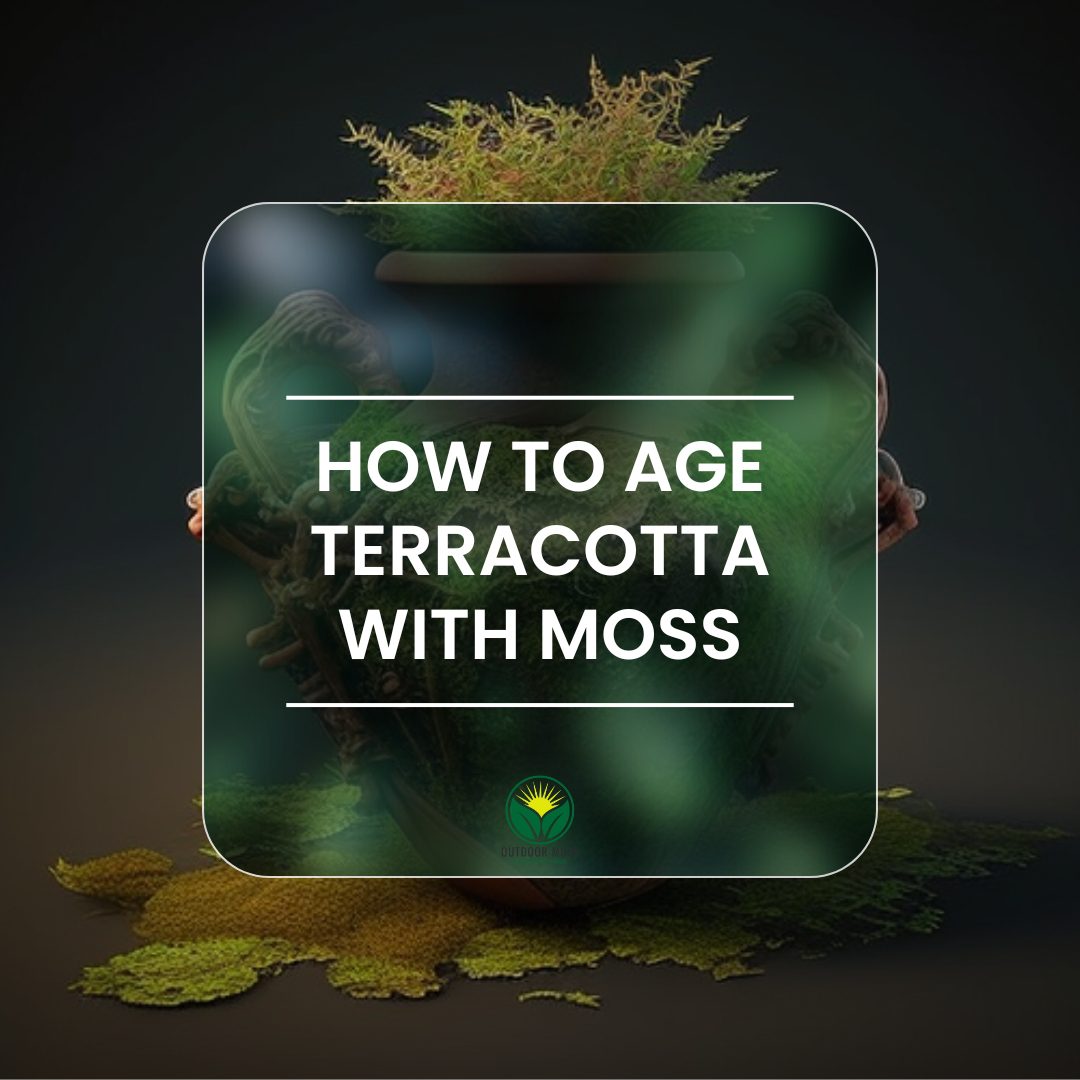
How to age terracotta pots with moss
Read more
7 Easy Steps To Make An Outdoor Moss Wall
Read more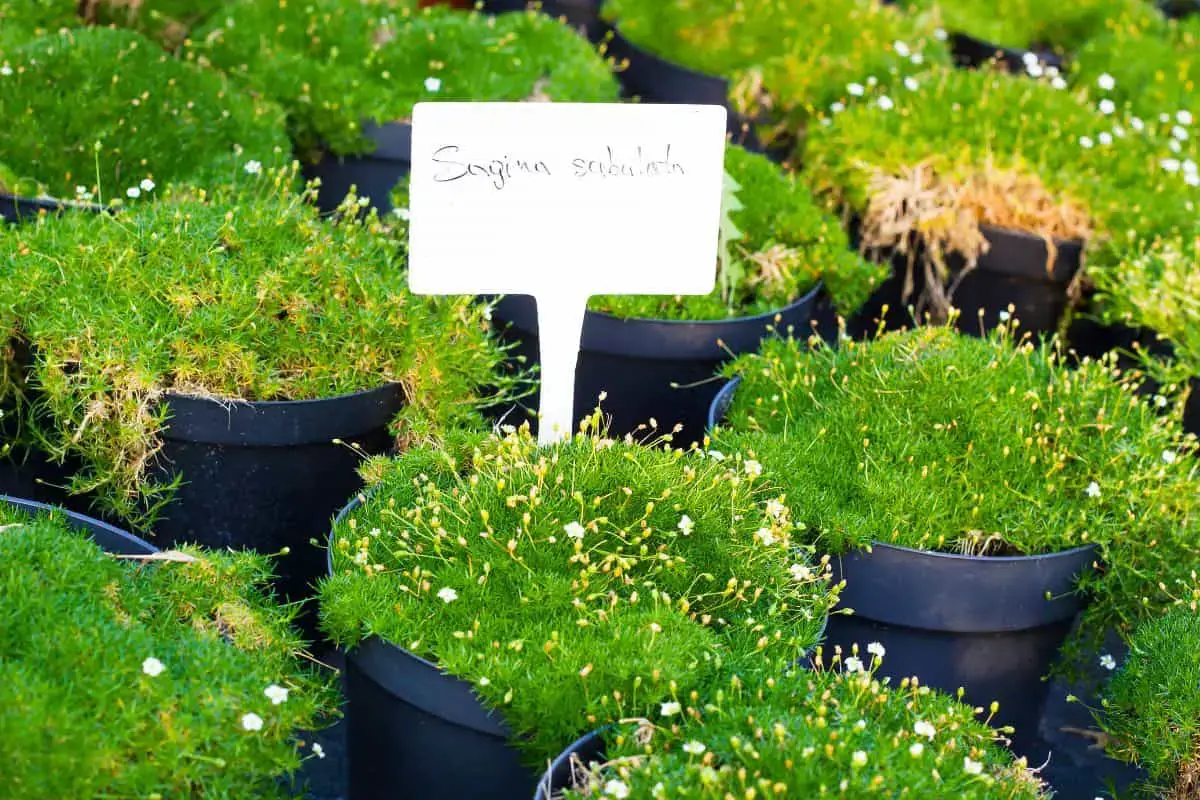
How To Grow Irish Moss Between Pavers?
Read more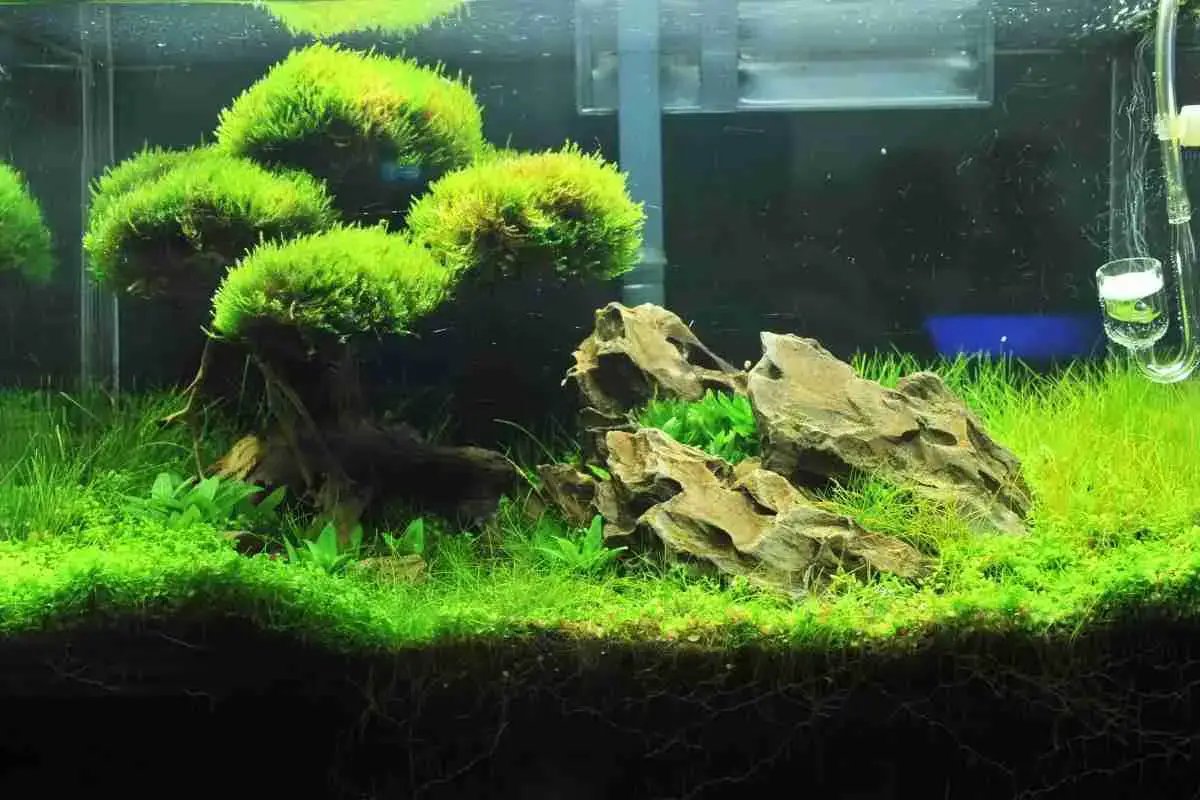
How To Grow Java Moss Carpet On Sand?
Read more
How To Remove Moss From A Roof With Vinegar?
Read more
How To Grow Moss On 12 Different Surfaces Step By Step
Read more
What Does Algae Eat? Algae’s Unique Eating Habits
Read more